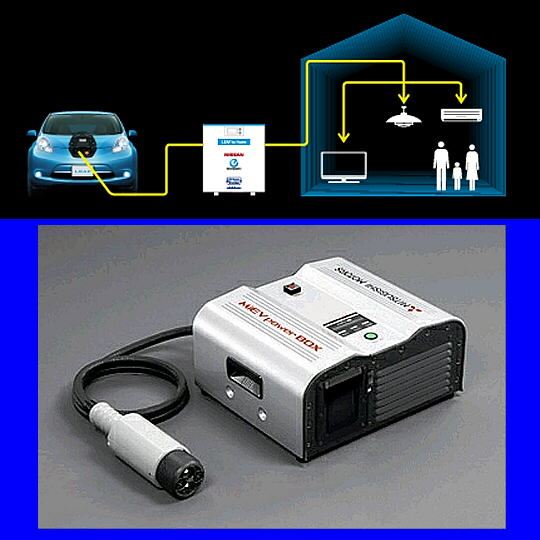Herbie said:
Thanks footandmouth for your additional information and thoughts! It's right that I want to install a 220vac socket/feed in a triplet, piggy backing off of the 220vac coming from the J1772 socket.
But I'm not definitely in need of hijacking the control pilot. I would like to run a 500W ceramic heater for some time during charging. I won't be for very long time, I guess something like 15 minutes to 45 minutes might be sufficient. I will have to test that in various temperatures.
I suppose/hope that this 500W heater will not negatively interfere with charging, other than that charging will take a little longer when this heater is activated. Turning the heater on and off can be done manually, by timer or by automated switch (wifi or 4G).
Ok, cool, we ARE trying to achieve a similar goal, but whilst you want to run a small heater whilst charging (is this to keep yourself warm whilst waiting in the car for a J1772 charge?) and I want to heat the car up with a 2kw fan heater after the car has charged, just before I want to get in it and defrost the car.
Running a 500w heater (or any power heater) from the J1772 connector whilst charging the car will not slow the car's charging - it will increase the total current on the EVSE and cabling. So if your car is charging at 3,500watts and your heater is 500watts then the total power going through the EVSE will be 4,000w. The EVSE itself may be asking the car to charge at 3,500, but your heater doesn't know this and the car isn't aware that there's also 500w going on top of it's 3,500 draw.
If you want to know more about how this happens, check out this for how EVSE, J1772 and the Car all relate and communicate to each other https://en.wikipedia.org/wiki/SAE_J1772#Signaling and this https://openev.freshdesk.com/support/solutions/articles/6000052074-basics-of-sae-j1772
Very basically, you plug the car in and the EVSE will send a signal along the Control Pilot to say how many KW it can provide, the car interprets this and will only draw up to that amount. On the same Control Pilot, the car will add resistance to drop the voltage to say that it's connected, and then will drop the voltage again to ask for a charge. Then the EVSE relays will close and power will flow into the car. The EVSE does not restrict the current draw, it only asks the car not to draw too much. There's also the Proxity Detection pin to allow for too, but there's a few caveats to this.
When/if I get time and the right resistors to experiment with getting the EVSE to turn on and deliver a charge, I'll report back and share my experiences.


































